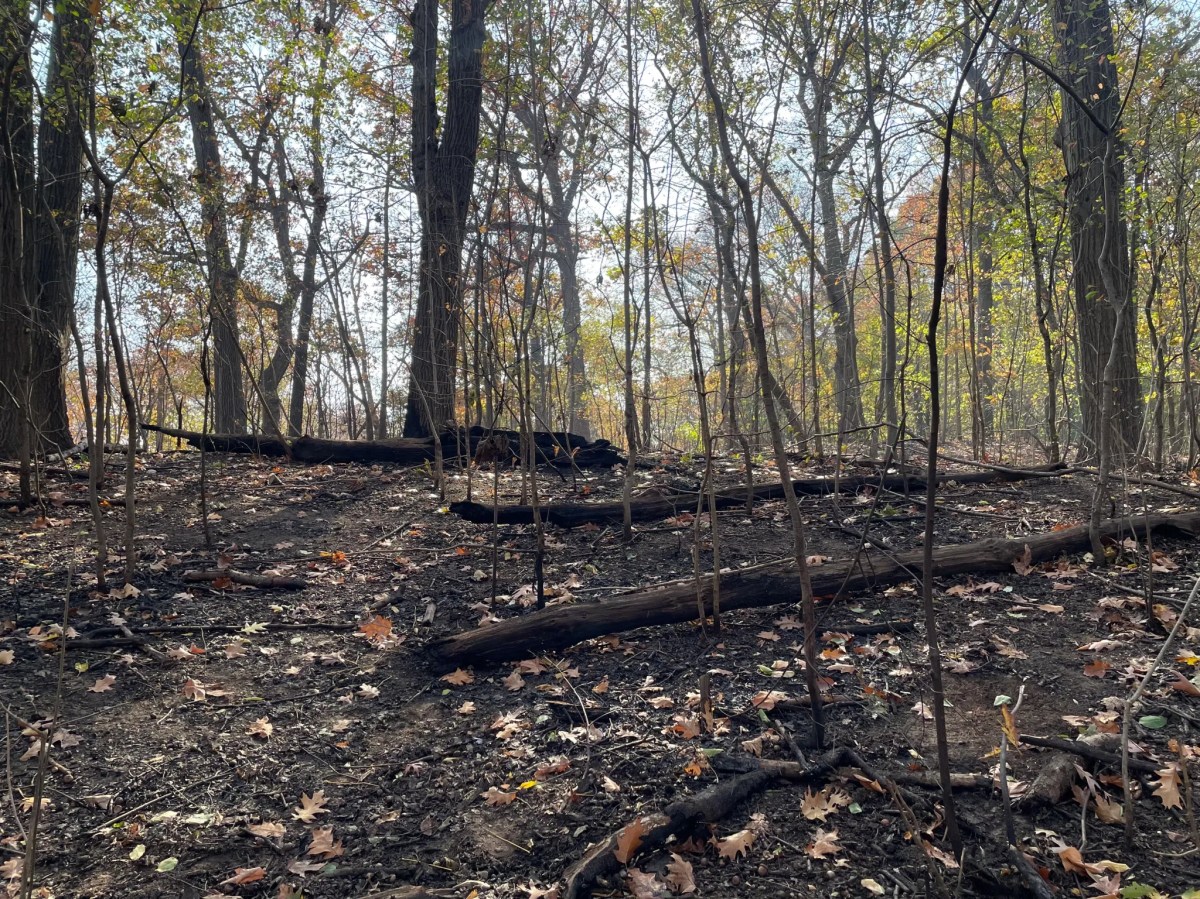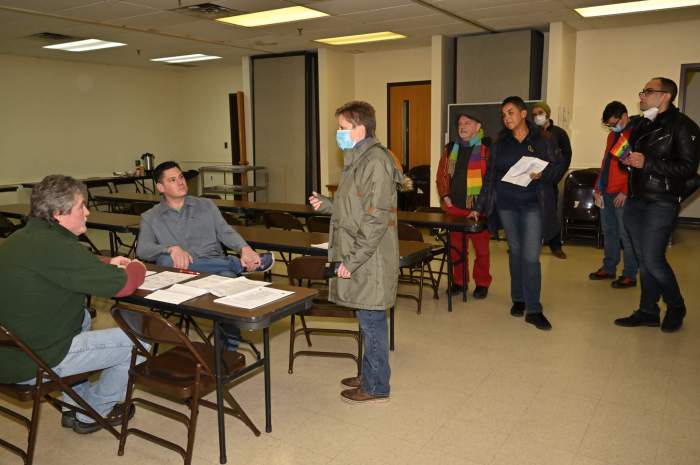By Aline Reynolds
Last year’s closure of St. Vincent’s Hospital has not increased ambulance response times on the Lower West Side.
This positive information was little assurance to neighborhood residents who are demanding a new, full-service hospital that, like St. Vincent’s, would be able to both treat and admit emergency-care patients.
Thanks to new technology, personnel training and cutting-edge life support therapies, the Fire Department’s Emergency Medical Service maintained its average response time to Lower West Side emergencies at 5.5 minutes for the last three years, despite the shutting of St. Vincent’s, according to E.M.S. Chief Abdo Nahmod. E.M.S. personnel can perform life-saving functions inside their ambulances with advanced life support techniques, Nahmod noted, and E.M.S. can assign as many as four emergency vehicles to a call, if necessary.
The department’s new initiatives have increased cardiac-arrest patients’ chances of survival from 20 percent to 40 percent, Nahmod told Community Board 2’s Environment, Public Safety and Public Health Committee during a presentation on Wed., July 20.
“The survival rate has gone dramatically up with having more hands on the chest, as well as using advanced therapy,” he reported.
Emergency vehicle stations are scattered throughout Manhattan, said the chief, to accommodate the emergency-care needs of each neighborhood. Another ambulance dispatch station at W. 23rd St., underneath the High Line, is scheduled to open late next month.
Many at the C.B. 2 meeting, however, were not comforted by Nahmod’s presentation. West Village residents were itching to know the average time it takes for the ambulances to get seriously ill patients to a hospital and the amount of wait time involved once the patients arrive at the hospital.
No matter how effective the city’s E.M.S. service is, it can’t duplicate the emergency care provided by a hospital’s fully equipped trauma center, Evette Stark-Katz said. She was arrested in February for trespassing, along with three others, after they entered the closed St. Vincent’s Hospital and chanted, “Land lock now!”
“The time it takes to get to somebody who’s in trouble is not necessarily the criteria,” said Stark-Katz. “It’s the time it takes to get to the hospital that’s important. If the ambulance is stuck behind a garbage truck or caught in a bottleneck, that person is going to die.”
“I think that there’s been a lot of confusion in the nomenclature tonight,” said Jayne Hertko, who demanded a public forum to discuss the transport time figures. “Those numbers have to be significantly greater than they were before,” she said skeptically.
The Fire Department measures its emergency response times by how long it takes to get to the victim’s location from the time E.M.S. received the 911 call — not the time it takes to transport the victim to a hospital, Nahmod explained.
“We bring the advanced life support to your doorstep,” he said.
Nahmod hadn’t prepared the transport time data, but said he’d gladly compile it and send it to C.B. 2 after the meeting. As for the wait time at the hospital, once the patient arrives at the emergency room, he or she is no longer the Fire Department’s responsibility, he noted.
Data on transport time to hospitals wasn’t available by press time.
Committee public member Frieda Bradlow sided with Nahmod, calling the community’s negative reaction to his presentation “misplaced” and “unproductive.”
“Like everyone else, I feel that a community as large as ours needs a full-service hospital,” she said. “But people forget that when E.M.S. responds, treatment actually begins.”
Nahmod didn’t want to speculate on the services to be offered at the emergency department and Comprehensive Care Center planned at St. Vincent’s former O’Toole Building, which is slated to be the city’s first free-standing emergency department. The E.M.S. team, he said, has no say in the type of care center, if any, will open up there.
“We, the New York City E.M.S. system, don’t control if a hospital is there or not,” he said. “We simply take the person to the destination that they choose, or the most appropriate destination, based on the acuity and what’s wrong with them.”
Community members, however, wanted greater assurance that the proposed facility would sufficiently cover the neighborhood’s emergency-care needs. They claimed that traffic and other logistical hassles have made it difficult for ambulances to transport area patients to hospitals on the East Side and elsewhere since last April, when St. Vincent’s closed.
“St. Vincent’s was the main trauma hospital at that time. Without it, the transport time crosstown and Downtown is impossible,” said Eileen Dunn, former president of the nurses’ union at St. Vincent’s and a registered nurse there for 25 years.
The E.M.S. chief acknowledged the need for an emergency-care facility on the Lower West Side toward the end of his presentation. For the time being, the Fire Department, he said, is taking the necessary measures to “adapt to the void that exists.”
“You’re all absolutely right,” he said. “It’s the West Side that becomes a little bit of a geographical nightmare for ambulances. We support every initiative to serve the community, including building another hospital.”































